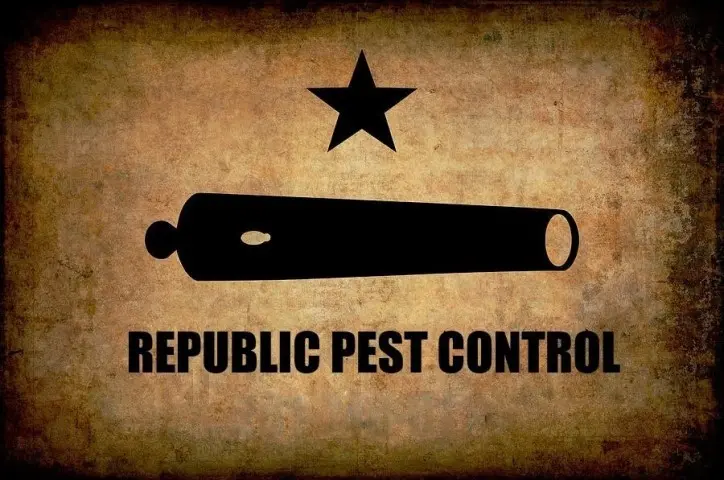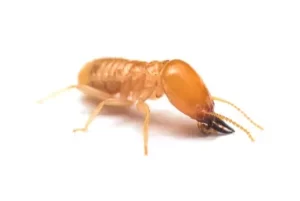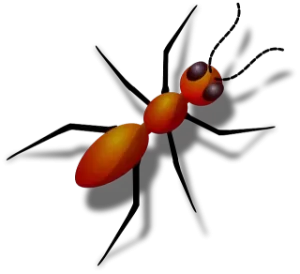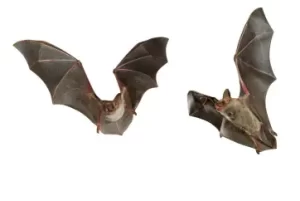Nestled in the heart of Texas, Montgomery County boasts diverse wildlife, including a variety of snake species. While most snakes play crucial roles in maintaining ecological balance, encounters with venomous species like the copperhead snake can be a cause for concern. In this article, we’ll explore the top five snakes present in Montgomery County, with a focus on the copperhead, and provide 13 tips to keep these serpentine neighbors at bay.
Top 5 Snakes in Montgomery County, Texas: Montgomery County is home to various snake species, each contributing to the local ecosystem. The top five snakes commonly found in the area include:
- Copperhead Snake (Agkistrodon contortrix): Recognizable by their distinctive copper-colored heads, copperhead snakes are venomous pit vipers commonly found in wooded areas, gardens, and rocky terrain. Copperhead snakes are particularly abundant in Montgomery County, thriving in the region’s wooded areas and suburban landscapes. Identifiable by their coppery-colored heads and hourglass-shaped patterns, copperheads are venomous but generally not aggressive unless provoked. Understanding their presence is crucial for residents looking to coexist with these snakes.
- Western Diamondback Rattlesnake (Crotalus atrox): As one of the largest venomous snakes in North America, the western diamondback rattlesnake frequents grasslands and rocky terrain.
- Texas Rat Snake (Pantherophis obsoletus lindheimeri): Often mistaken for rattlesnakes, Texas rat snakes are non-venomous and play a valuable role in controlling rodent populations.
- Western Cottonmouth (Agkistrodon piscivorus leucostoma): Also known as water moccasins, western cottonmouths inhabit aquatic environments, such as lakes, ponds, and streams.
- Speckled Kingsnake (Lampropeltis getula holbrooki): Non-venomous and beneficial for controlling rodent populations, speckled kingsnakes are found in various habitats, including woodlands and grasslands.
13 Tips on Keeping Snakes Out of Your Yard: To minimize the likelihood of snake encounters, especially with venomous species like copperheads, consider the following tips:
- Trim Vegetation: Keep grass, shrubs, and vegetation well-trimmed to eliminate hiding spots for snakes.
- Secure Trash Bins: Seal trash bins tightly to prevent attracting rodents, which can, in turn, attract snakes.
- Remove Debris: Clear away piles of debris, rocks, and wood, as these can serve as hiding spots for snakes.
- Limit Mulch Usage: Minimize the use of mulch, as it provides cover for snakes and their prey.
- Inspect Woodpiles: Before reaching into woodpiles, inspect them carefully, as snakes may use them for shelter.
- Seal Entry Points: Seal any gaps or openings around your home to prevent snakes from entering.
- Use Snake-Repellent Plants: Plant snake-repelling vegetation, such as marigolds or wormwood, around your property.
- Install Snake Fencing: Consider installing snake-proof fencing to keep snakes out of specific areas.
- Minimize Water Sources: Reduce standing water sources, as snakes may be attracted to areas with abundant water.
- Keep Bird Feeders Clean: Bird feeders can attract rodents, which, in turn, attract snakes. Keep feeders clean and secure.
- Educate Family Members: Teach family members about local snake species and the importance of giving snakes their space.
- Regularly Inspect Outdoor Equipment: Inspect outdoor equipment, such as lawnmowers and gardening tools, before use to avoid accidentally disturbing snakes.
- Seek Professional Assistance: If you encounter a snake on your property, especially if it’s a venomous species like the copperhead, seek professional assistance for safe removal.
Conclusion: Living in harmony with snakes in Montgomery County requires a balance between appreciation for their ecological roles and taking necessary precautions, especially with venomous species like the copperhead. By implementing these 13 tips, residents can create a snake-resistant environment while fostering a greater understanding of these fascinating reptiles in their natural habitat.






















